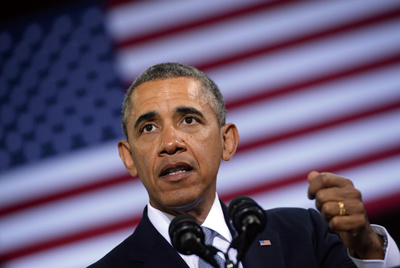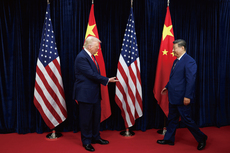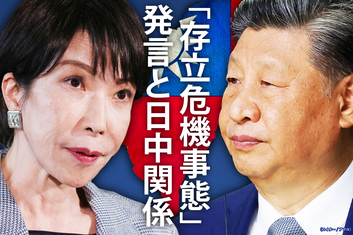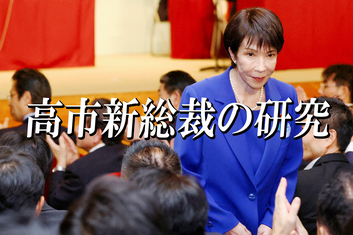Chinese assertiveness rejuvenated rebalancing. In the wake of the ADIZ announcement, Vice President Joe Biden traveled to China. He spent some five hours trying to communicate with President Xi Jinping, who feigned not to understand why neighbors would object to China’s unilateral declaration of an air defense identification zone. The Vice President returned to Washington, where the second-term foreign policy and defense team decided to get tougher with respect to China’s tailored coercion.
By late January, a new and improved version of rebalancing was hitting the media. The National Security Council Senior Director for Asia, Evan Medeiros, a tremendous China expert, gave unambiguous support to the U.S.-Japan alliance in an interview with Kyodo News. He called the ADIZ “provocative and destabilizing” and warned China against announcing one in the South China Sea.
Around the same time, Assistant Secretary of State for East Asia and Pacific Affairs, Danny Russel, testified before Congress about why China needed to abandon its claim to most of the South China Sea (by use of the controversial so-called nine-dashed line) and instead comply with customary international law by claiming fixed land features and not whole bodies of water. He also singled out China’s increasing patter of bad maritime behavior.
Foreign Minister Fumio Kishida and Secretary of State John Kerry met in Washington, where they also reaffirmed the alliance and cautioned China on its dangerous assertiveness. The Secretary followed that Washington press conference with a trip to the region, where he underscored deterrence, alliances, and the need for measures to avoid escalation and conflict.
This has set the stage for the President’s trip to Asia, an April swing through Japan, Korea, Malaysia and the Philippines. Backed with new defense guidance (the 2014 Quadrennial Defense Review) and a new National Security Strategy, the President is ready to reaffirm that the rebalance to Asia remains Obama administration policy. The defense guidance continues the shift of defense maritime and air assets to Asia, and the strategy reminds the world that rebalancing policy is comprehensive and largely based on growing trade and diplomatic engagement. Indeed, and not by accident, these themes emerged last December in Japan’s revised National Defense Program Guidelines and National Security Strategy.

So what should President Obama do to demonstrate his seriousness about the strategy of rebalancing to Asia?
Economically, he needs to arrive in Asia ready to promote open trade that meets high standards. That means making progress on including Japan and Malaysia as founding members of the Trans-Pacific Partnership, while encouraging Korea and even the Philippines to seek membership in the future. Should TPP get caught up on domestic politics in Japan or the United States, it would, at least for the time being, weaken a key pillar of America’s pivot to Asia.

















